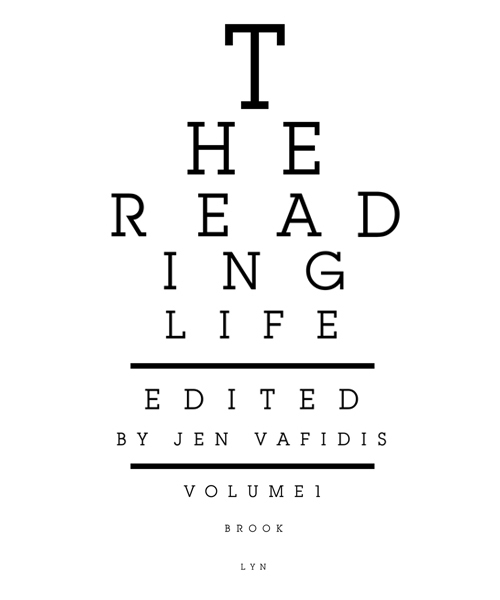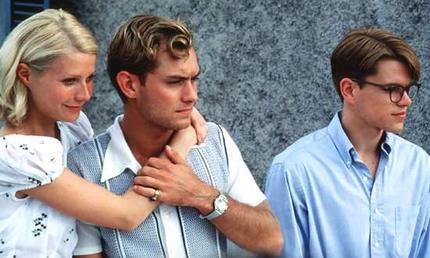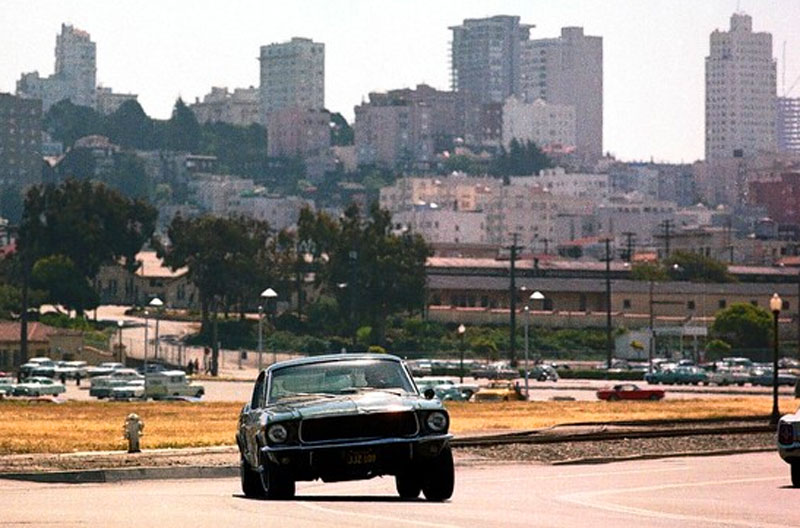Knowing where all the movie theaters are in the Bay Area taught me a considerable amount of geography. The Embarcadero Center, spanning five blocks and connected with hypnotic tile, is not just named conveniently for its adjacent landmark. It’s also the home of an excellent art house theater. You can almost see it in The Conversation. There’s Harrison Ford, lying to reporters in the breezeway. Leave San Francisco, and things get less glamorous. You sit in boxy multiplexes, designed with a sad, pseudo-Spanish style in mind, and you cherish the few art deco relics, announcing their existence to the highway with marquees like vacancy signs. For a while, I was constantly in Emeryville for its two movie theaters, one of which was (and still is) in a big, ugly mall that I loved without irony. At sixteen, my mallrattiest age, this was where I most often went. The other theater, if it’s still standing, looks like an abandoned library and has the kind of parking lot a supermarket cart could go rogue in. I once saw an advanced screening of a movie there. I filled out one of those cards that ask what you thought about the ending.
My family was invited to the screening because one of our closest friends is a producer. His company almost specializes in literary adaptations. Read a book, buy the option. They did One Flew over the Cuckoo’s Nest, The Mosquito Coast, The English Patient, The Unbearable Lightness of Being. They gave me my first job. I organized documents from some legal drama with John Fogerty, and I came up with lists of potential actors for the scripts I was reading. But the screening was before that. My family was invited to watch The Talented Mr. Ripley, and I was twelve years old. We had heard all about the production. Who was mean, who was so wonderful they had to write extra scenes for her. Where they ate, who didn’t eat what. How much money they spent for a five-second external shot, how much of a pain it was reshooting that scene in the middle.
That gossip faded once I saw the movie. I loved the melodrama, the way Italy looked. Cruel Jude Law, rude Philip Seymour Hoffman. Platonic WASP Gwyneth Paltrow, so hateful that you root for a murderer instead of her. I loved all the Cinecitta swagger Anthony Minghella leeched. The only problem with that movie, really, is the first scene. Ripley is playing piano on the roof of a hotel. Green trees are shuddering in the wind. Plenty of old money suits. It’s great except for the fact that it has kept me from getting farther than fifteen pages in The Talented Mr. Ripley, which starts with a seedier set of circumstances.
A basic reading of the character puts him as Highsmith’s avatar, her notoriety perhaps superseding her inventiveness as a fiction writer. He travels to exotic locales; he feels no guilt or regret. The Ripley books are supposed to be Highsmith’s best, with Tom Ripley as her finest character. I don’t doubt it. He’s a fantastic invention: a queer murderer somehow getting away with it all. But I’ve read three other Patricia Highsmith books almost to avoid him. I begin Ripley, and I can only see Matt Damon playing piano.
I feel dumb. It feels dumb not being able to finish a slim murder mystery. What is it about these particular cinematic impressions that I can’t escape? It’s not like this is a consistent or sortable problem; that would be too simple. Despite having seen Rosemary’s Baby maybe thirty times, for example, I have read and enjoyed the Ira Levin book, which is almost scene for scene the same as the Polanski script. If I didn’t have Mia Farrow’s voice in my ear, would I find the “gee golly” style of dialogue charming? If I didn’t have John Cassavetes’ face in mind, would I really believe that asshole? There’s no way for me to find out. Knowing every line, I read it cover to cover.
My family and I play a game. It’s called “Been There,” and it’s easy, because all you do is say “been there” if you’ve been to the place in the movie you’re watching. You can shout it, you can whisper it. It adds a layer to the whole experience. We tire ourselves out when we watch anything set in San Francisco. To combat the boredom induced by the plot of Bullitt, for instance, we named neighborhoods and pointed out where condos now stand. The most obvious native’s trick is to point out the inconsistencies in the famous car chase scene. There is no way, you see, that one can start in Bernal Heights and suddenly be in Russian Hill. It is odd, in my father’s estimation, that Steve McQueen “passes the Safeway twice.” You know, the Safeway. I can’t even joke, because I know which one he’s talking about and I agree; it’s just ludicrous.
There’s another, totally infuriating scene toward the end of the movie. Bullitt is talking to his English girlfriend on the side of the highway, like one does, and she picks a golden poppy. The poppy is our state flower. As a kid growing up in California, you’re told, maybe in the same breath as the age-inappropriate yarn about the Donner Party, that it’s illegal to pick poppies. This is not actually true. You can pick poppies, just not off state highways or public lands, which is what this useless woman does in front of her boyfriend, who is one of the few cops in the whole city who isn’t corrupt. And he just stares at her longingly. My parents and I were so distracted by this that I can’t remember a thing about this scene.
I can tell you how much I enjoyed The Blunderer, or Strangers on a Train, or The Price of Salt, but not Highsmith’s most famous work. I can tell you about what Matt Damon ordered to eat after he had filmed his Ripley beach scene and could finally stop dieting. (Pizza. Of course.) I can’t tell you the plot of Bullitt without looking it up. I can tell you that there’s a green VW bug that appears three times for no reason in that chase scene. I can tell you about other gaffes. I can tell you about the poppies.
Follow Vol. 1 Brooklyn on Twitter, Facebook, Google + our Tumblr, and sign up for our mailing list.



